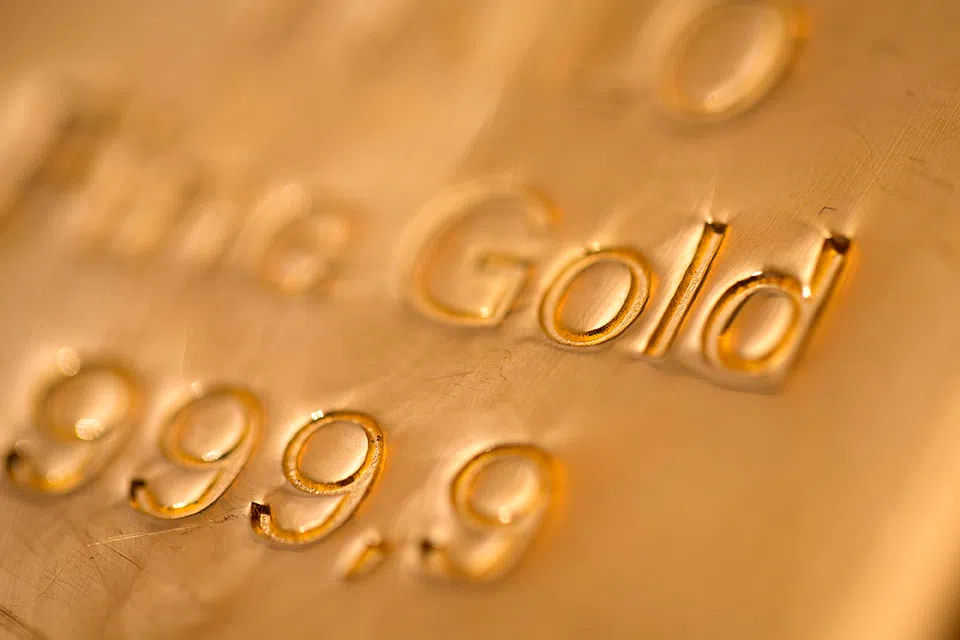IT’S been more than a decade since Singapore’s dollar was last this strong against its US counterpart, and the effects are being felt by everyone from importers and exporters to shoppers and tourists.
The exchange rate touched the highest level since 2014 on Aug 26, not long after Prime Minister Lawrence Wong highlighted the importance of a strong currency as a shield to help the city-state combat inflation. The Singapore dollar is close to a record against the Indonesian rupiah as well, and not far off highs against the yen.
People in Singapore are jumping on the opportunity, according to luxury travel agent Lauren Raps. The co-founder of Alchemist Travel said her clients are getting out of town more frequently – and are quick to make deposits on bookings.
“Their dollar goes further and they can live like kings” in places such as Bali, Indonesia, or Bangkok, she said. “Dining out here can be quite expensive.”
Underpinning the currency’s advance to 1.30 per US dollar is a monetary policy regime that uses the exchange rate, rather than borrowing costs, as its main lever. Economic slack in China – Singapore’s biggest trading partner – is boosting the latter’s currency on a relative basis. So does trade tension between Beijing and Washington. The International Monetary Fund has flagged upside risks to inflation in the country – those make it beneficial to keep the currency strong.
“The strength of the Singapore dollar is a balancing act,” Singapore Business Federation (SBF) chief executive officer Kok Ping Soon said. While its strength keeps a lid on inflation, benefiting the economy, when it’s too strong it “can price us out of exports.”
A NEWSLETTER FOR YOU
Friday, 8.30 am
Asean Business
Business insights centering on South-east Asia’s fast-growing economies.
While the city-state’s currency is close to a decade high, the actual difference in the exchange rate between the currency’s pandemic lows and its current peak is just 16 Singapore cents, since the Monetary Authority of Singapore’s currency policy keeps trading in a range. That may explain why local firms are relatively sanguine about the moves.
Still, SBF’s survey of 796 local firms conducted in June and July found logistics and transportation companies, along with banks and insurers, most upbeat about the outlook. Hotels and restaurants – sectors to feel the pinch if inbound tourism crumbles – were the most downbeat.
“Some retail and food and beverage players here are feeling the heat,” said KF Seetoh, founder of food-culture company Makansutra and a Singaporean photographer and restaurant critic. Many Singaporeans are spending their money in neighbouring countries such as Indonesia and Malaysia, “where lifestyle and culture is pretty similar, except way cheaper”, he said.
The strong currency is also a problem because weak exports can depress manufacturing and employment, said Rob Carnell, chief economist for Asia-Pacific at ING Groep.
“We are not looking at a booming economy, just one that’s pottering along,” he said.
Still, there are bright spots in terms of activity. The volume of transfers into US currency from Singapore dollars rose 364 per cent for the June-to-August period compared with a year ago, according to financial technology firm Revolut.
One group that also benefits: Americans living in Singapore. Jim Lee, an executive, falls into that category, and he’s happy about the Singapore dollar’s strength – for instance, in terms of submitting his American taxes.
“I have to say, right now is an excellent time to buy US dollars to pay Uncle Sam,” Lee said. BLOOMBERG







